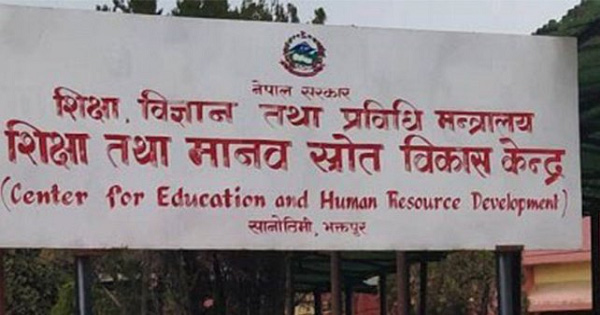
National Human Resource Development Policy 2079: A Comprehensive Plan to Build Competitive Human Capital in Nepa
The government of Nepal has taken a significant step towards developing a national and world-class competitive human capital with the introduction of the National Human Resource Development Policy 2079. The policy aims to identify and project the human resources needed by the state to develop a skilled workforce that can contribute to socio-economic transformation.
The Need for the Policy:
Until now, there has been no study or research about the type and amount of manpower needed in different areas of the province, leading to wasted government investment and underutilization of manpower. The policy aims to change this by introducing a standardized projection of qualified and skilled manpower in the subject and sectoral areas.
Drafting the Policy:
The Human Resources Development Planning and Coordination Section under the Ministry of Education, Science, and Technology has prepared and discussed the draft of the policy. An 11-member sub-committee formed under the coordination of the Joint Secretary of the Ministry of Education, Dr. Harisamsal, is preparing the draft of the policy.
Challenges Faced:
With the country transitioning into federalism, the government did not have data about the required amount and type of human capital in the three levels of the federal, provincial, and local bodies. The policy aims to overcome these challenges and prepare standards for manpower development plans at the national, regional, and local levels.
Goals and Strategies:
The policy will work towards 15 goals of natural capital development and 55 strategies, including teacher training, research methodology, and manpower development. The lack of an integrated mechanism for the implementation of manpower development has resulted in academically unemployed manpower produced even by universities established in the country.
Provisions and Participation:
The National Human Resource Development Policy 2079 has its own legal and policy provisions, including the creation of the federal, provincial, district, and local manpower development management committees. The policy aims to facilitate technical and academic coordination between the federal, provincial, and local governments and labor market-related agencies.
Overall, The National Human Resource Development Policy 2079 is a much-needed policy that can revolutionize the human resource development in Nepal. However, political instability may hinder its implementation. The policy has been drafted after eight months of research and input from different agencies, and it's crucial that it is implemented to help Nepal achieve its development goals.
What is National Human Resource Development Policy?The National Human Resource Development Policy (NHRDP) is a comprehensive framework developed by a government to guide the development of human resources in a country. The policy is designed to address the needs of the country in terms of workforce development and capacity-building across all sectors of the economy. The NHRDP provides a roadmap for the development of human resources by outlining policies, strategies, and programs that will facilitate the acquisition of knowledge, skills, and attitudes needed for economic growth and development. It also emphasizes the need to promote equity and social inclusion in the development of human resources, especially for marginalized groups. The policy aims to address various issues related to human resource development, including the need for education and training, the development of leadership and management skills, the promotion of innovation and entrepreneurship, and the development of a culture of lifelong learning. The NHRDP serves as a guiding document for policymakers, employers, and employees in creating a conducive environment for human resource development. It helps to align the efforts of all stakeholders in the country towards achieving common goals in human resource development, leading to a more skilled, productive, and competitive workforce. |
Published on 12th March 2023





